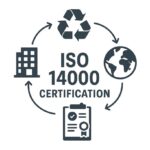What is Environmental Design Leadership (LEED)
The United States Green Building Council developed the Leadership in Energy and Environmental Design (LEED) green building rating system (USGBC). The approach offers a framework for rating building environmental performance. LEED promotes design and construction methods that increase the quality of the built environment while minimizing negative environmental consequences.
The LEED certification can be achieved at one of four distinct levels, and achieving each level successfully satisfies its standards. The procedure for obtaining a LEED certification is complicated and calls for thorough consideration of all elements of a building’s existence, beginning with its conception and continuing with its construction and operation. LEED certification has several advantages. LEED-certified buildings use less energy and water and produce less waste. They are also more healthy and pleasant to work in. Furthermore, LEED-certified buildings often have greater resale values and recruit tenants faster.
The number of buildings that have earned the LEED certification is gradually growing. As of May 2018, there were more than 83,000 LEED-certified projects worldwide, including more than 29,000 structures in the United States alone. Suppose you are thinking about making your home or place of business LEED-certified green. In that case, you have access to several resources to assist you in your endeavor. The website of the US Green Building Council (USGBC) has a wealth of information to help.
LEED certification and Leadership in Energy and Environmental Design
What exactly is LEED certification?
The LEED Green Building Rating System (Leadership in Energy and Environmental Design) is globally the most widely used and acknowledged green building certification system. LEED is a point-based system developed by the United States Green Building Council (USGBC) for assessing the environmental performance of buildings. LEED-certified buildings have proven to fulfill specified performance requirements in essential areas such as energy efficiency, water efficiency, materials and resources, interior environmental quality, and architectural innovation.
Who is eligible for LEED certification?
LEED certification is available for any construction, including residential, commercial, and institutional structures.
What are the advantages of obtaining LEED certification?
There are several advantages to achieving LEED certification for your building, such as:
- Reduced energy and water consumption
- Lower environmental effect
- Improved indoor environmental quality
- Improved occupant productivity and comfort
- Reduced operating expenses
- Increased marketability and visibility
- Raised sustainability awareness
How can a building get LEED certification?
A building obtains LEED certification by earning a specified number of points in each of the LEED rating system’s six categories. The number of points needed for certification varies by category and ranges from 40 to 80.
Conclusion
Green buildings, such as those that meet LEED criteria, consume much less energy and water than traditional structures. Furthermore, they have reduced pollution levels and, as a result, may offer occupiers a better atmosphere.
How DEISO can help you in your project?
Contact us now to discuss your project requirements, what we can provide, and how we can collaborate on your objective and LEED requirements or LEED project including your LEED training offering. Please send us an email at info@deiso.co.jp or use the contact form on this page.
Related Services Pages
Share this:
- Click to email a link to a friend (Opens in new window) Email
- Click to share on LinkedIn (Opens in new window) LinkedIn
- Click to share on X (Opens in new window) X
- Click to share on Facebook (Opens in new window) Facebook
- Click to share on WhatsApp (Opens in new window) WhatsApp
- Click to share on Reddit (Opens in new window) Reddit
- Click to print (Opens in new window) Print
- More
- Click to share on Tumblr (Opens in new window) Tumblr
- Click to share on Threads (Opens in new window) Threads
- Click to share on Pinterest (Opens in new window) Pinterest
- Click to share on Pocket (Opens in new window) Pocket
- Click to share on Telegram (Opens in new window) Telegram
- Click to share on X (Opens in new window) X










